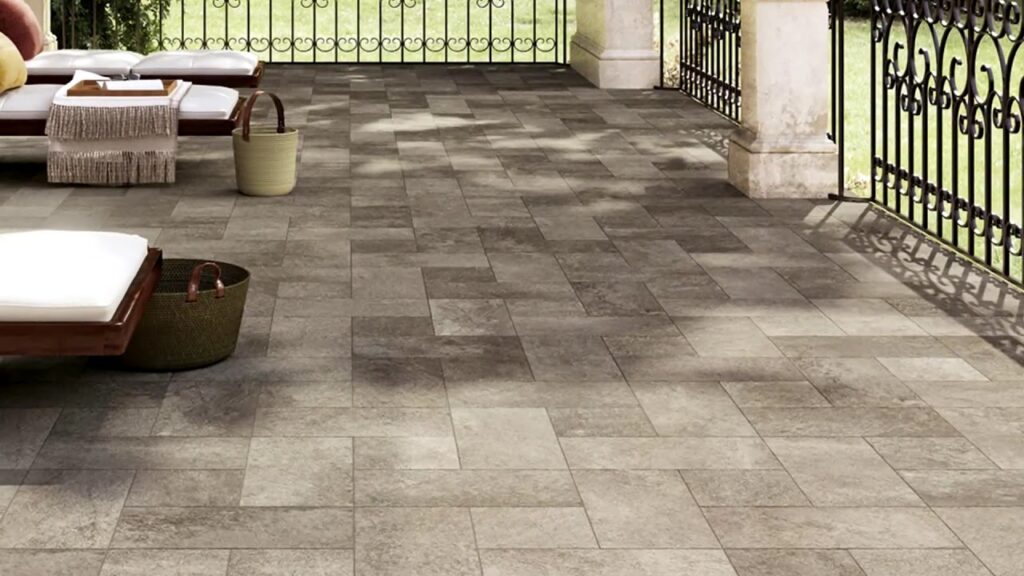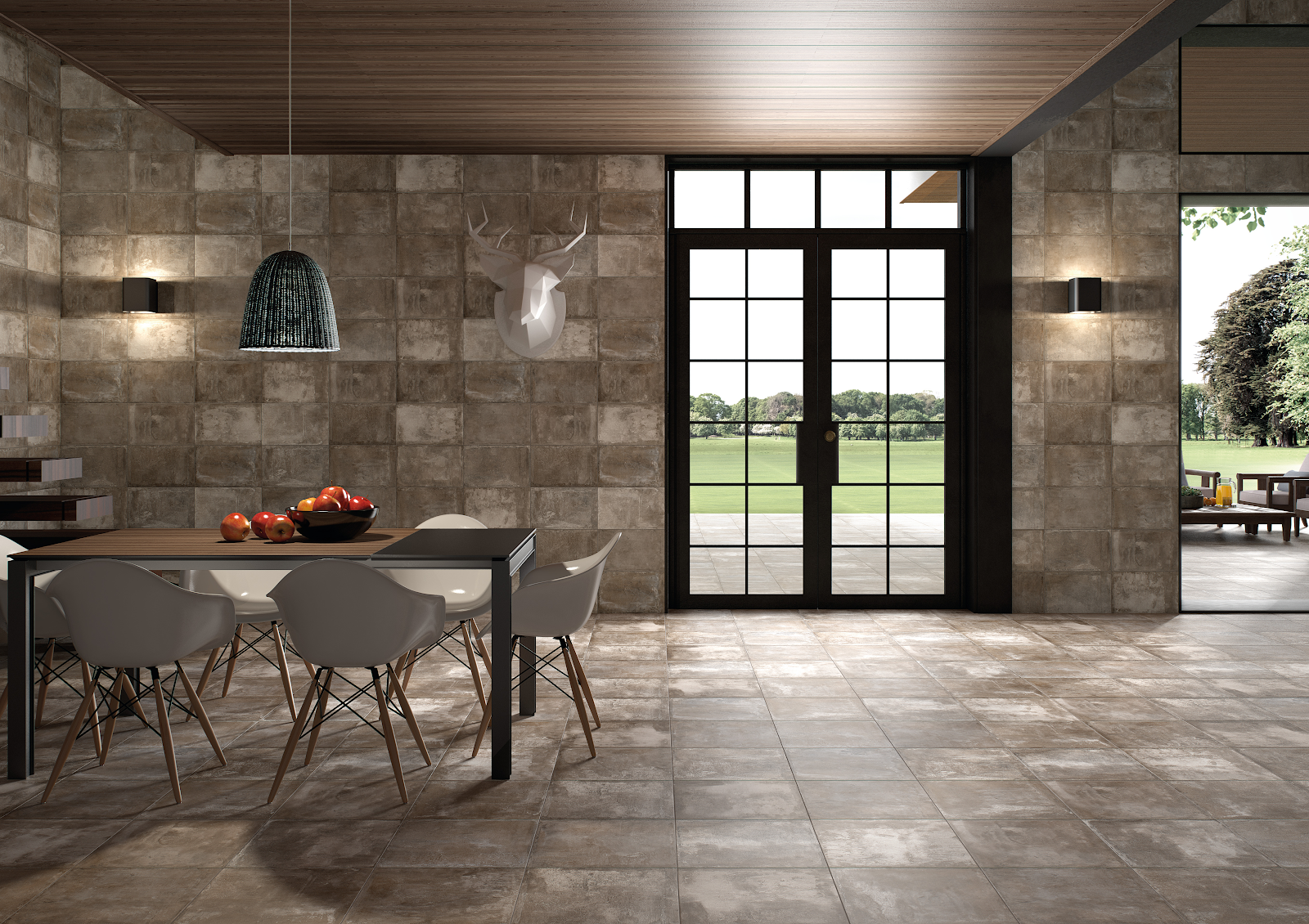Choosing the Right Colour and Finish for Herringbone Tiles
Introduction
Few tile patterns capture the timeless elegance of herringbone tiles. Their zig-zag design not only creates visual interest but also enhances modern and traditional interiors alike. But while the pattern itself is iconic, the real design impact lies in choosing the right colour and finish. The right combination can make your living room appear brighter, your kitchen more stylish, and your bathroom more luxurious.
In this guide, we’ll explore how to select the perfect shades and textures for your herringbone tile flooring, walls, bathrooms, and kitchens. You’ll also discover why this design remains a favorite in modern home design, and how you can personalize it for your own space.
The Timeless Appeal of Herringbone Tiles
The herringbone pattern has ancient roots, with early examples appearing in Roman roads and textiles. Its name comes from the resemblance to a herring fish’s skeleton. Today, it’s one of the most versatile tile patterns used across homes worldwide.
What makes herringbone timeless is its ability to adapt. From herringbone bathroom tiles that bring spa-like luxury to herringbone kitchen tiles that elevate backsplashes, the pattern works beautifully across different materials, colors, and finishes.
See more: Styling Tips: How to Make Subway Tiles Stand Out in Any Space
Why Colour and Finish Matter
While the pattern itself adds depth and energy, the choice of colour and finish sets the mood of your space:
- Colour: Defines the overall vibe—light shades for airiness, dark for drama, neutrals for elegance, and bold hues for personality.
- Finish: Adds texture and reflection—matte for subtlety, gloss for shine, and natural stone finishes for organic character.
The perfect combination ensures your herringbone tiles complement your décor while remaining practical for everyday use.
Choosing the Right Colour for Herringbone Tiles
1. Classic Neutrals
Neutrals like white, beige, and grey never go out of style. White herringbone tiles brighten small spaces and give a clean, modern look. Greys and beiges add warmth while still keeping the design understated. Ideal for both walls and floors, neutrals also pair well with bold furniture.
2. Moody Darks
Deep navy, charcoal, or black tiles bring drama and sophistication. These shades work beautifully in larger living rooms or as herringbone bathroom tiles for a boutique-hotel vibe. Pair dark tiles with metallic finishes—like brass or chrome—for striking contrast.

3. Earthy Tones
Terracotta, olive green, or stone-inspired hues connect interiors with nature. They’re perfect for rustic or Mediterranean-inspired spaces. When used in herringbone kitchen tiles, earthy tones create warmth and charm.
4. Bold Accents
For those who love statement design, bold hues like emerald green, cobalt blue, or patterned herringbone tiles are showstoppers. These work best as feature walls or backsplashes to avoid overwhelming the space.
5. Wood-Look Tiles
Porcelain or ceramic herringbone tiles that mimic timber bring a classic parquet effect with the durability of tile. Light oak tones enhance Scandinavian-inspired spaces, while rich walnut shades bring elegance to traditional interiors.
Choosing the Right Finish for Herringbone Tiles
1. Matte Finish
Matte tiles are ideal for creating a subtle, contemporary look. They reduce glare and are excellent for floors, particularly in living rooms or entryways where slip resistance is key.
2. Gloss Finish
Glossy finishes reflect light, making them perfect for small spaces like bathrooms or kitchens. Herringbone kitchen tiles with a gloss finish on backsplashes not only look sleek but are also easier to clean.
3. Textured Finish
For a more natural, organic effect, textured finishes replicate stone or handmade tiles. These add depth and tactile character, especially for accent walls or rustic-themed living spaces.
4. Polished Stone
Marble herringbone tiles with a polished finish exude luxury. They’re best used in spaces like living rooms, fireplaces, or feature walls where they can shine without heavy wear and tear.
Best Areas to Use Herringbone Tiles
Living Rooms
Opt for wood-look or marble-effect herringbone flooring for timeless elegance. Pair with neutral colors for a refined, classic look.
Bathrooms
Glossy herringbone tiles on shower walls or vanities add brightness and style. Light tones make small bathrooms appear more spacious.
Kitchens
A herringbone backsplash in gloss white or bold colors creates a focal point without dominating the space. Pair with matte cabinetry for balance.
Hallways and Entryways
Durable porcelain or ceramic herringbone flooring in darker tones adds sophistication while handling heavy foot traffic.
Installation Tips
- Plan the layout: Start from the center of the room or wall for symmetry.
- Choose the right grout: Matching grout blends tiles seamlessly, while contrasting grout highlights the pattern.
- Hire professionals: Because alignment is critical, professional installation is often worth the investment.
Maintenance Tips
- Clean regularly: Sweep and mop tiles to prevent buildup.
- Seal natural stone: Protects marble and stone herringbone tiles from staining.
- Use mild cleaners: Avoid abrasive chemicals that damage finishes.
- Grout care: Refresh grout over time to keep the pattern sharp.
Conclusion
Choosing the right colour and finish for herringbone tiles transforms a simple pattern into a design statement. From light neutrals that brighten small bathrooms to dark moody shades that elevate living rooms, the options are endless. By pairing the right finish—matte, gloss, textured, or polished—you can adapt herringbone tiles to fit your unique modern home design.
With thoughtful choices, herringbone tile flooring, walls, kitchens, and bathrooms can remain stylish and practical for years to come.
FAQs
Light shades like white, cream, or pale grey are ideal for small spaces. They reflect light, making the room feel larger and airier. Pairing them with a glossy finish enhances brightness and gives a modern, elegant look.
It depends on the space. Matte finishes are subtle, slip-resistant, and great for flooring. Gloss finishes reflect light, making them perfect for small bathrooms or kitchens where you want to add brightness and easy-to-clean surfaces.
Yes, mixing finishes adds depth and character. For example, use matte herringbone flooring with a glossy herringbone backsplash in the kitchen. This creates balance and visual interest without overwhelming the design.
Dark tiles like charcoal, navy, or black bring drama and sophistication to larger spaces. They pair well with metallic accents and natural wood furniture. However, in smaller rooms, dark tiles should be balanced with lighter walls or furniture.
Gloss or polished finishes are excellent for bathrooms as they reflect light and create a spa-like atmosphere. However, if using herringbone tiles for bathroom flooring, matte or textured finishes are safer because they reduce slip risks.
For glossy finishes, use soft cloths to avoid streaks. Matte and textured finishes may need gentle scrubbing to remove dirt. Natural stone should be sealed and resealed periodically. Regular cleaning and grout care keep all finishes looking sharp.


Leave a Reply